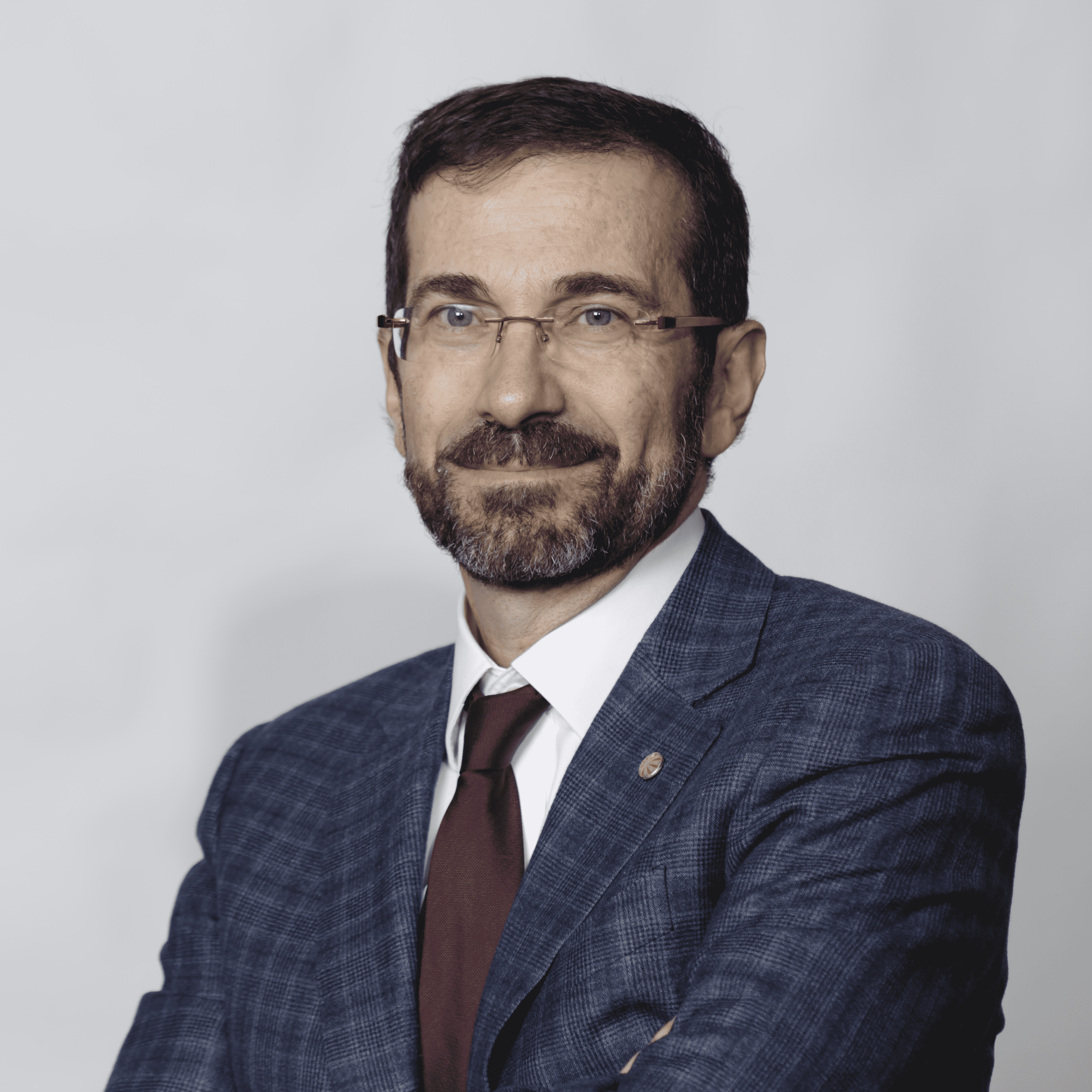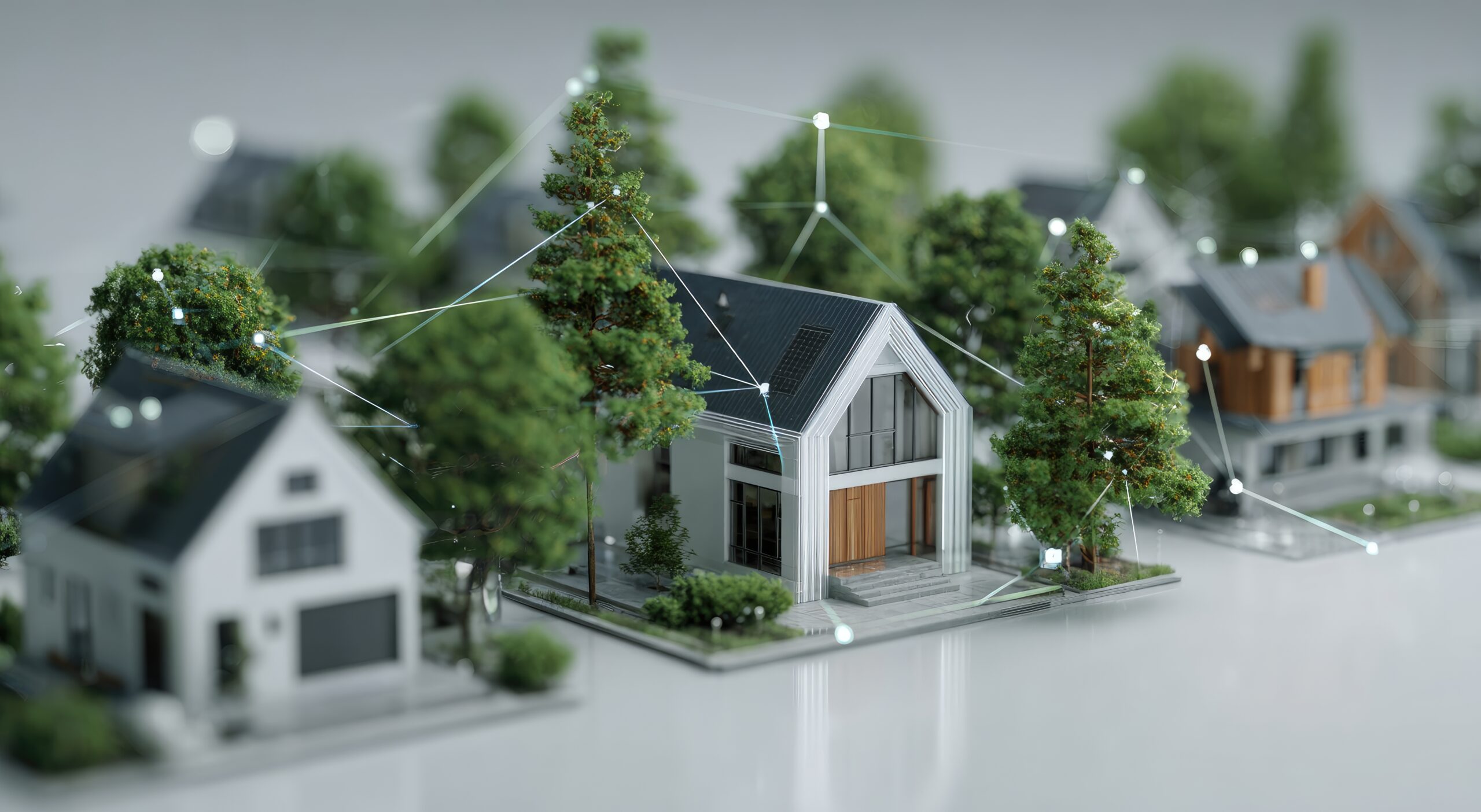Space
Observation from space

Earth observation from space has a booming market that allows the analysis of very valuable real and daily information.
This is another field in which various space agencies have been involved, almost since the beginning of the Space Age. In fact, the first weather satellite, NASA’s TIROS-1, was launched in 1960. More weather satellites were subsequently built, together with those that measured vegetation cover, the level and temperature of oceans, rivers and lakes, the thickness of polar ice caps and the levels of greenhouse gases and air pollution. Data from these satellites is also used to prevent and mitigate the damage from natural and man-made disasters.
But the majority, if not all, of Earth observation satellites and instruments currently in orbit were government funded, which means that their data can be accessed free of charge. Thus, the business opportunity lies in processing this data and offering services based on it. These services advise farmers on when to cultivate crops. They allow us to study growth patterns in cities to determine the best site for a future shopping mall. We can subsequently monitor the use of its parking lot (as long as it is above-ground) to assess its profitability. We can study the placement of icebergs in oceans to determine optimal shipping routes. These are but a few examples.
In recent years, and due once again to decreasing launch costs and satellite-construction costs, many companies have entered the market. DigitalGlobe, ImageSat International or Planet Labs are launching their own fleets of satellites into space to collect data that these companies later sell. Planet Labs, for example, can take daily photographs of the entire surface of Earth thanks to its satellite constellation. This information, supplied on a daily basis, could be quite valuable.
This market is estimated to be worth roughly $22 billion today and grow at an annual rate of close to 18%.
The current space observation market is worth €20 billion. Growth is estimated at 18% year on year.
The opportunities of earth observation
Conference by Marco Brancati, Chief Technology Officer Telespazio Group, at the XXXI Future Trends Forum about the Commercialization of Space
Marco explains the evolution of terrestrial observation has had and the opportunities it offers.








